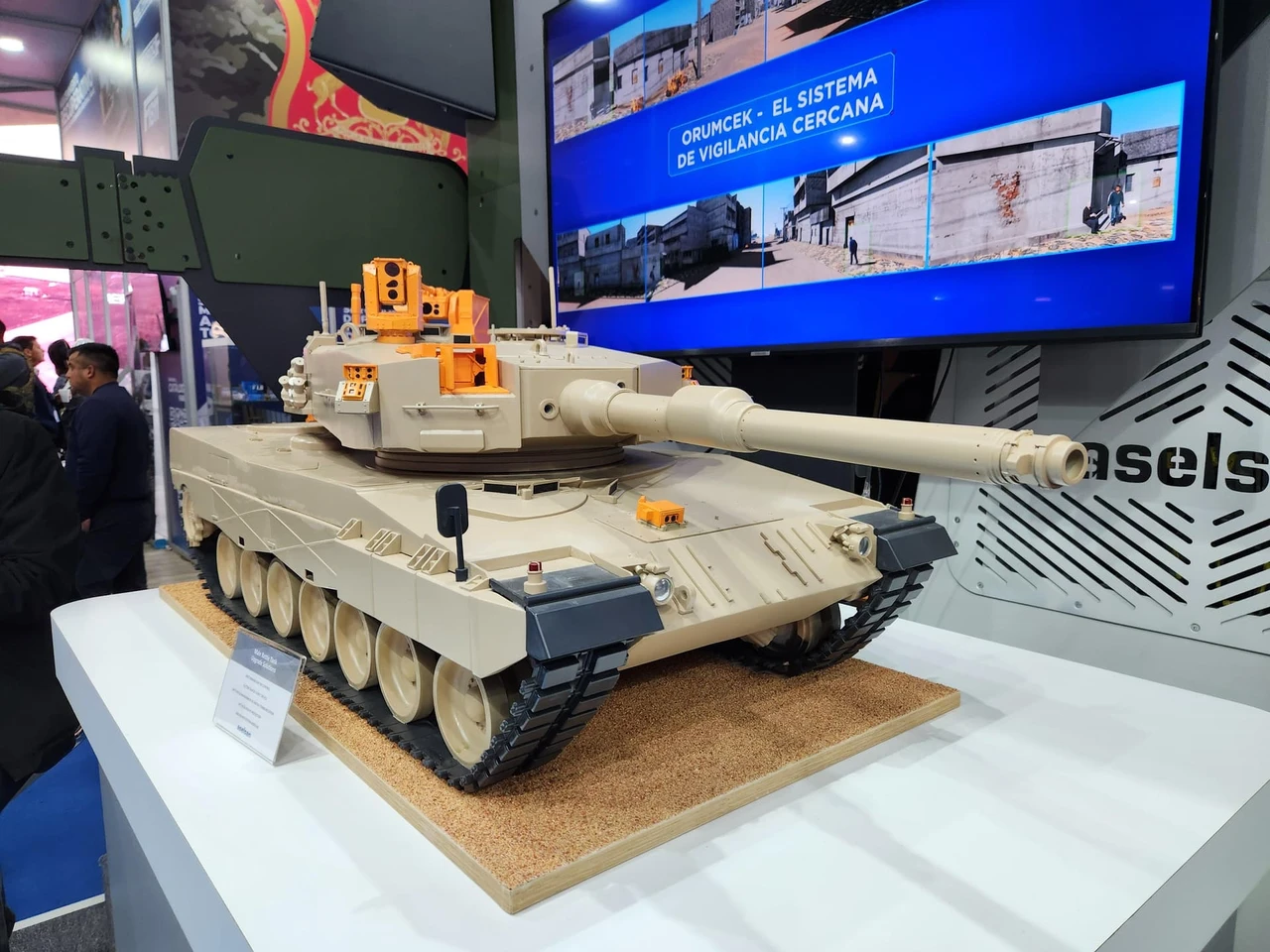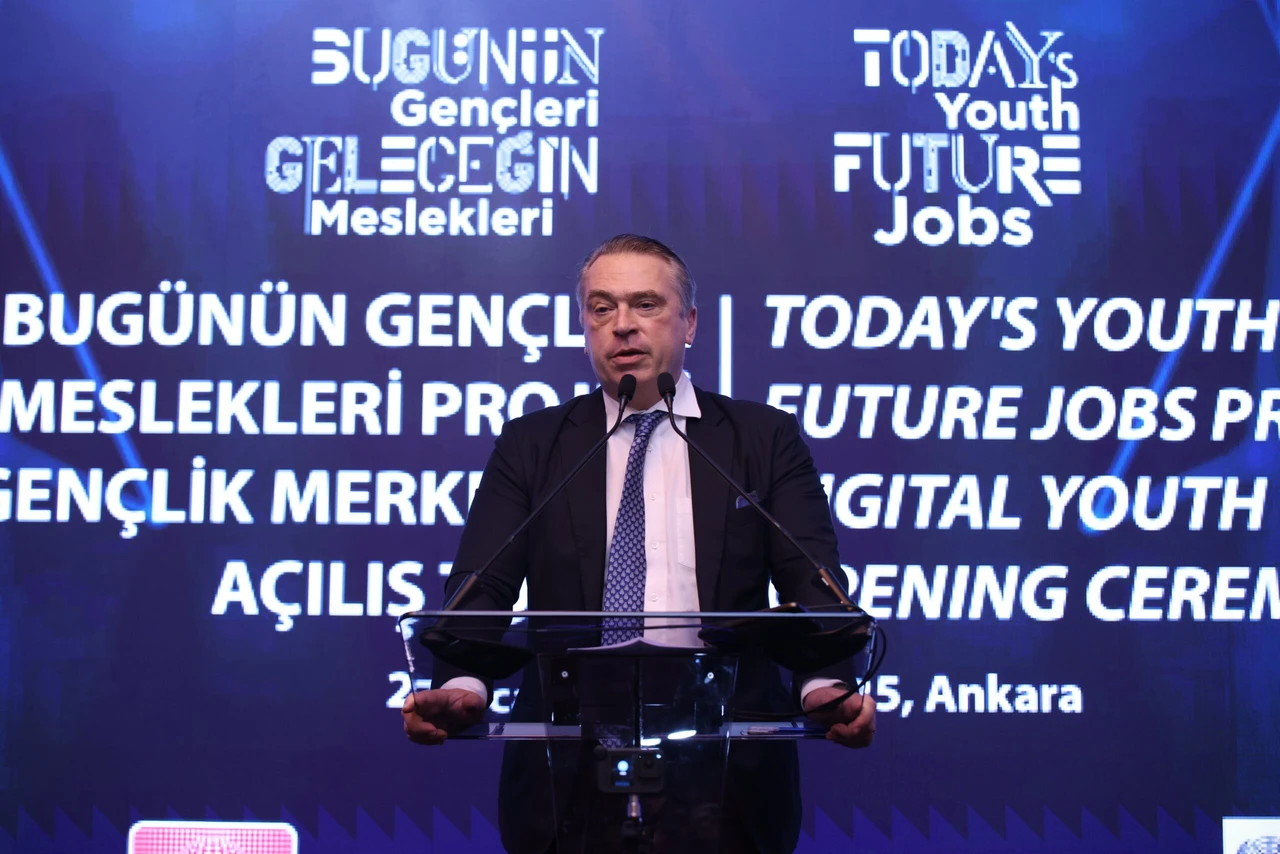Denmark returns bronze head of Roman emperor to Türkiye after 60 years
 The bronze head of Roman Emperor Septimius Severus, a rare artifact repatriated from Denmark to Türkiye after six decades, Denmark, November 26, 2024. (Photo via Ministry of Culture)
The bronze head of Roman Emperor Septimius Severus, a rare artifact repatriated from Denmark to Türkiye after six decades, Denmark, November 26, 2024. (Photo via Ministry of Culture)
The bronze head of Roman Emperor Septimius Severus, stolen from the Boubon ancient city in Burdur during illegal excavations in the 1960s, has been returned to Türkiye.
This significant artifact, which reflects the cultural and historical richness of Anatolia, has been recovered through Türkiye’s focused diplomatic and legal efforts.
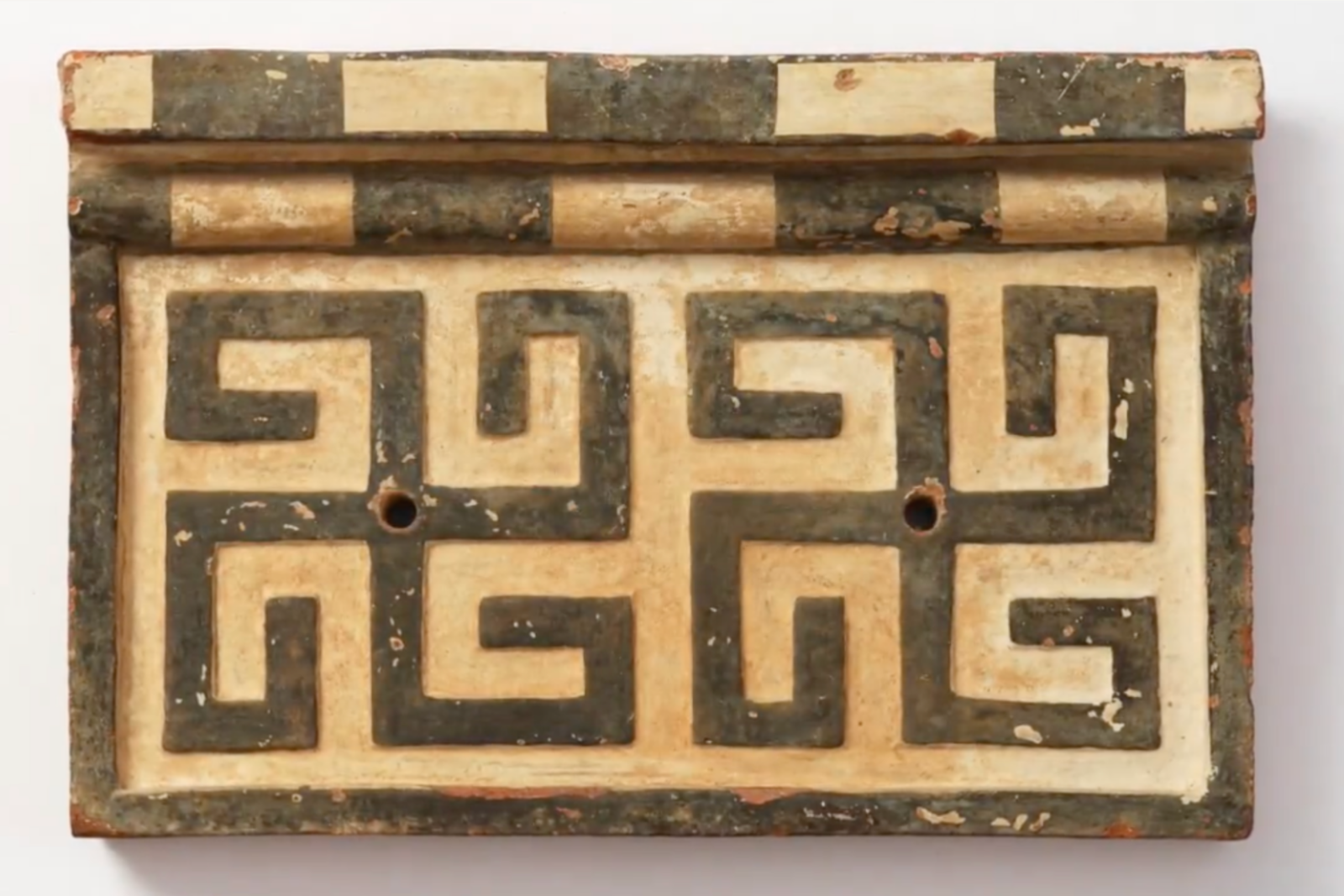
Türkiye secures return of stolen artifacts after decades of international efforts
The bronze head of Septimius Severus was looted during unauthorized excavations in the 1960s at Boubon, an ancient city renowned for its Roman-era monuments.
In 1970, art dealer Robert Hecht Jr., known for his involvement in the illegal art trade, sold the head to Denmark’s NY Carlsberg Glyptotek Museum. The head was reunited with its body in 1979 at the same museum.
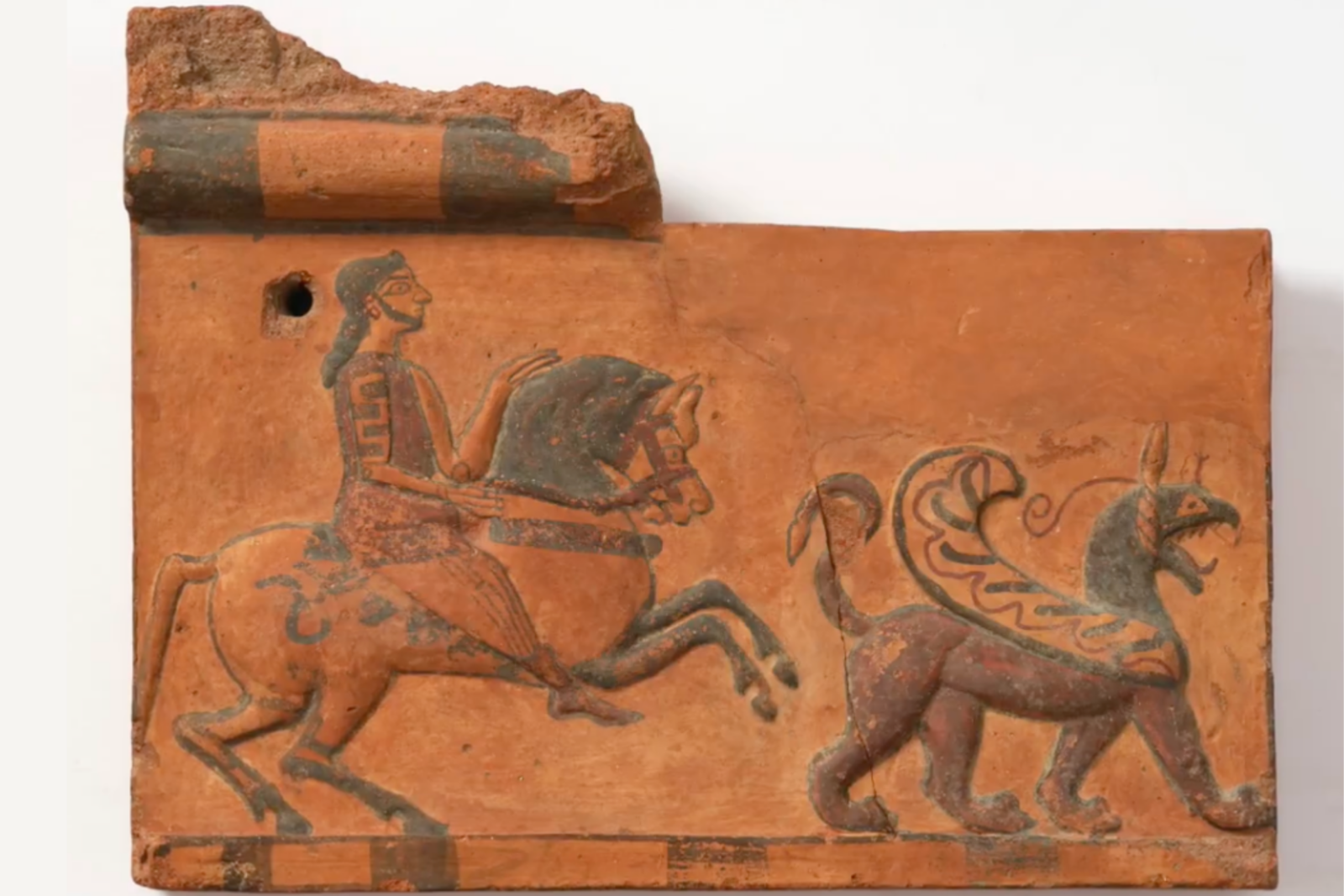
Turkish archaeologist Professor Jale Inan identified the artifact’s origins during her detailed research in the 1970s. Her work became critical to the case for its restitution.
Türkiye’s Ministry of Culture and Tourism, supported by the Turkish Embassy in Copenhagen, provided extensive documentation and scientific evidence to demonstrate the artifact’s connection to Boubon.
Museum Director Gertrud Hvidberg-Hansen acknowledged the ethical decision behind the return, stating, “Returning this artifact to its homeland reflects the importance of ethical principles in preserving cultural heritage.”
The successful restitution also includes Pisidian-origin Duver terracotta plaques, which were stolen in the same period and have significant archaeological value for understanding the region’s ancient culture.
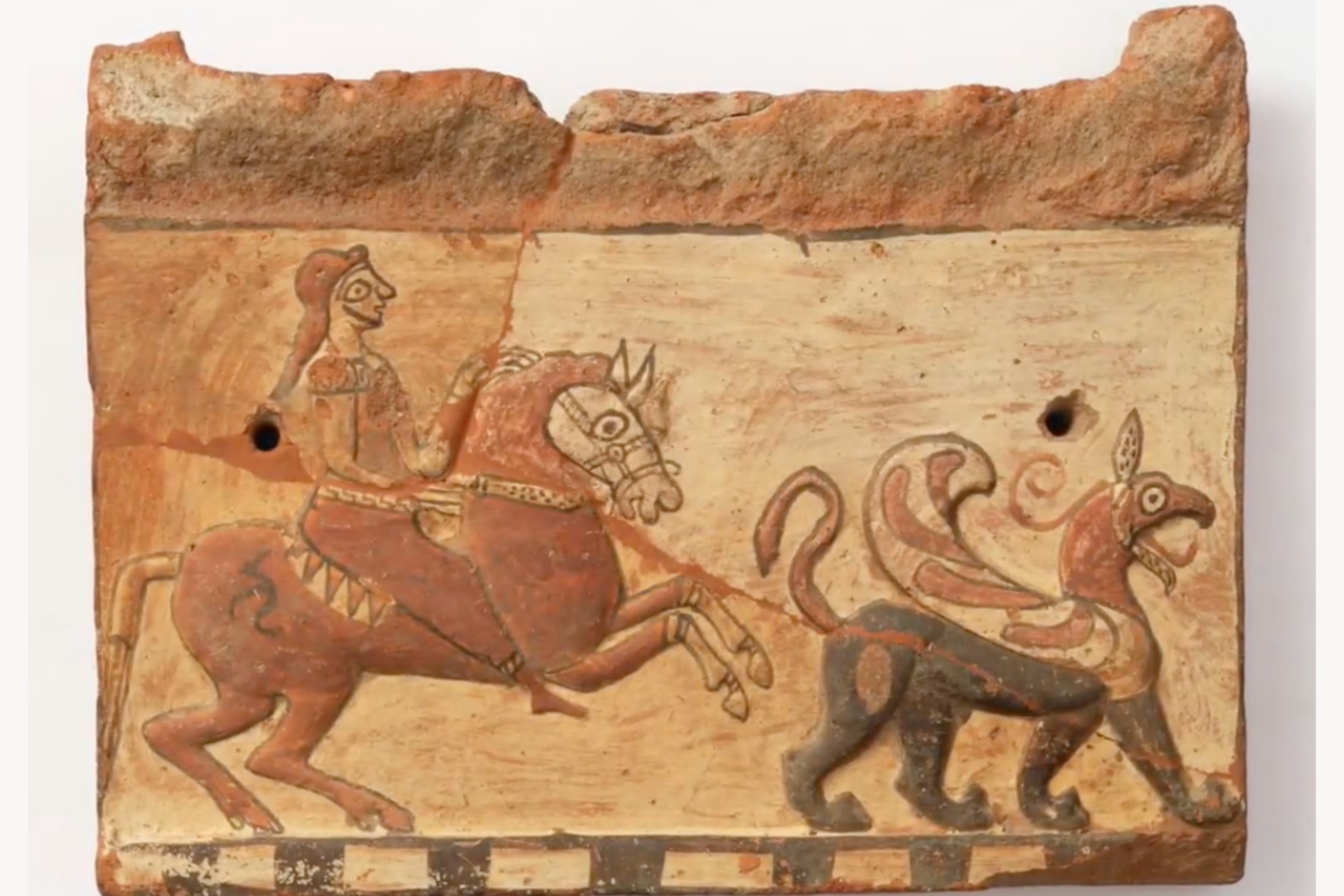
Septimius Severus’ bronze head joins Türkiye’s growing list of recovered cultural heritage artifacts
Türkiye has recovered numerous cultural artifacts in recent years through international collaborations. Boubon alone has been a source of many institutions.
The country has already secured the return of statues and busts, including those of Lucius Verus, Septimius Severus, and Caracalla, as well as sculptures of other prominent Roman figures. Many of these items were smuggled to the U.S. and Europe.
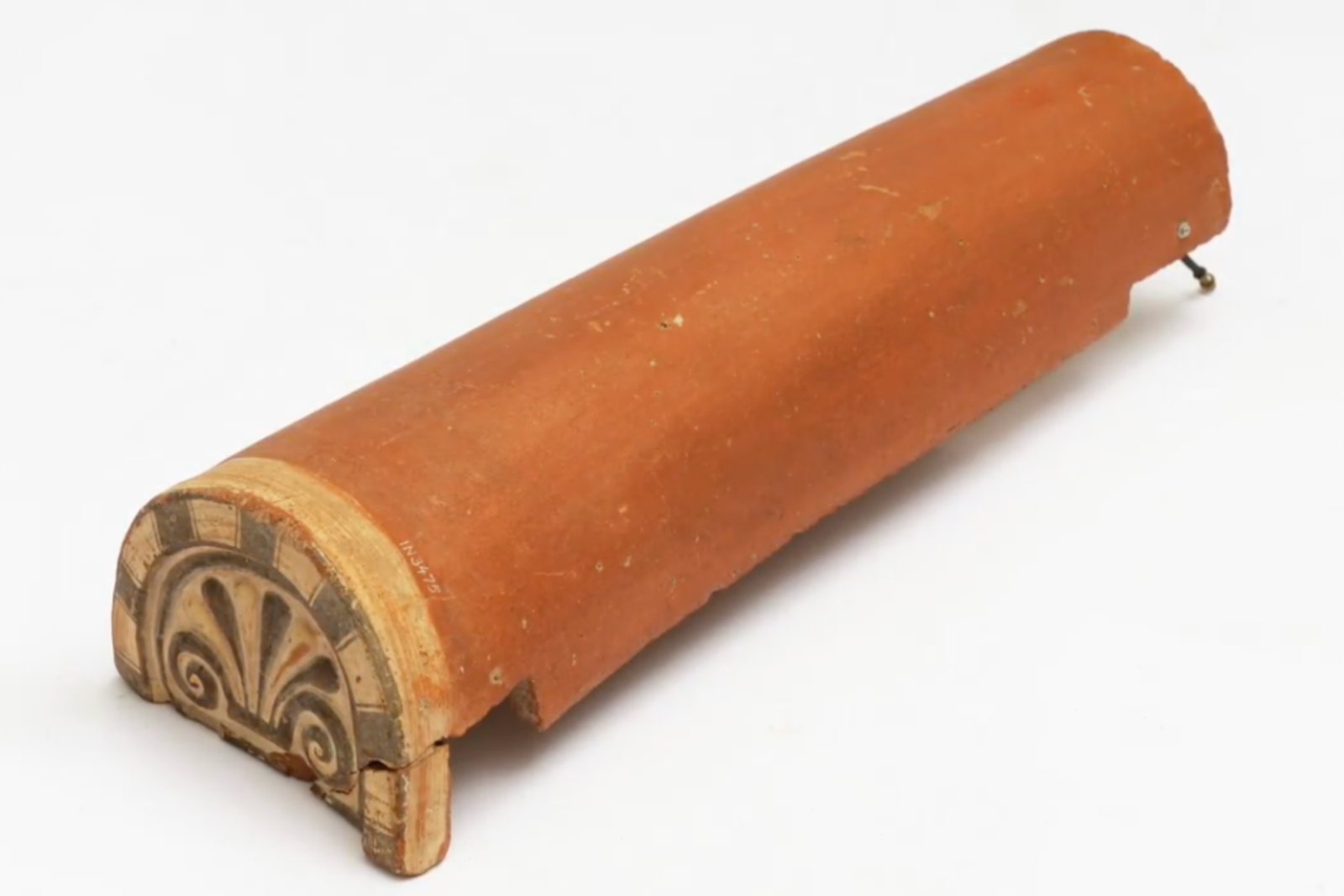
Minister of Culture and Tourism Mehmet Nuri Ersoy shared the latest update on social media, saying, “Septimius Severus’ head and the Duver terracotta plaques are returning to Türkiye. This is the result of intense efforts by the ministry and our embassy.”
He noted that this marked another significant success in Türkiye’s campaign to recover its cultural heritage.
The bronze head of Septimius Severus, a rare artifact representing Roman artistry and leadership symbolism, will be displayed in Türkiye shortly. Since 2018, the government has recovered 7,898 cultural items. From 2002 to 2024, the total number of repatriated artifacts reached 12,213.
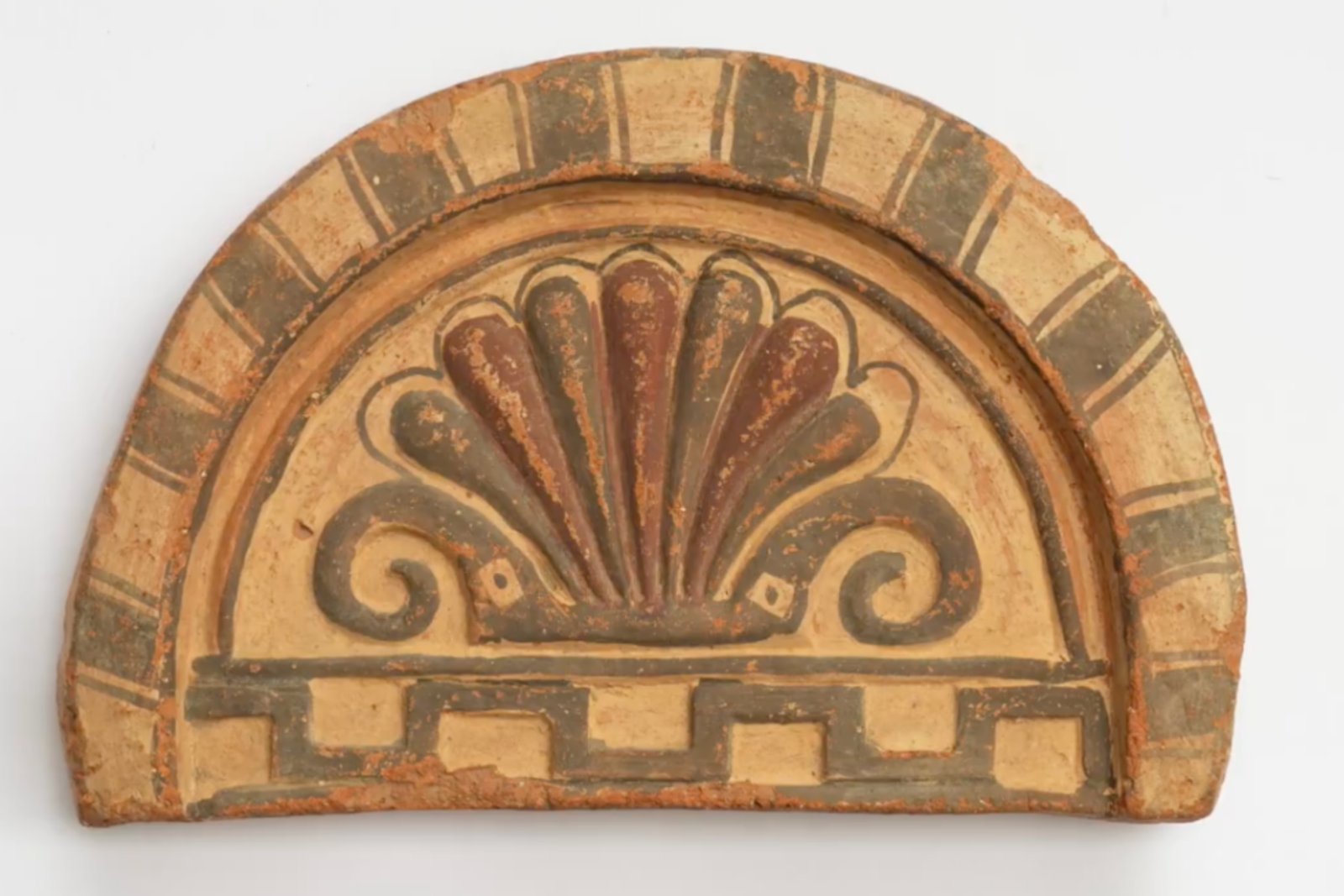
Ethical practices, collaboration bring stolen artifacts back to their rightful place
The restitution of these artifacts was made possible through Türkiye’s collaboration with institutions like Manhattan’s District Attorney’s Office and international museums. Glyptotek Museum accepted the return based on the evidence presented and its commitment to ethical museum practices.
Recovering cultural assets is not only about material preservation. It is a way of saying no to the destruction caused by smuggling. This step also shows the courage to correct past mistakes.
Minister Ersoy
Türkiye continues to seek the return of other artifacts, including some still housed in European and U.S. collections. These efforts are part of a larger initiative to restore the country’s cultural heritage and ensure it remains accessible for future generations.


